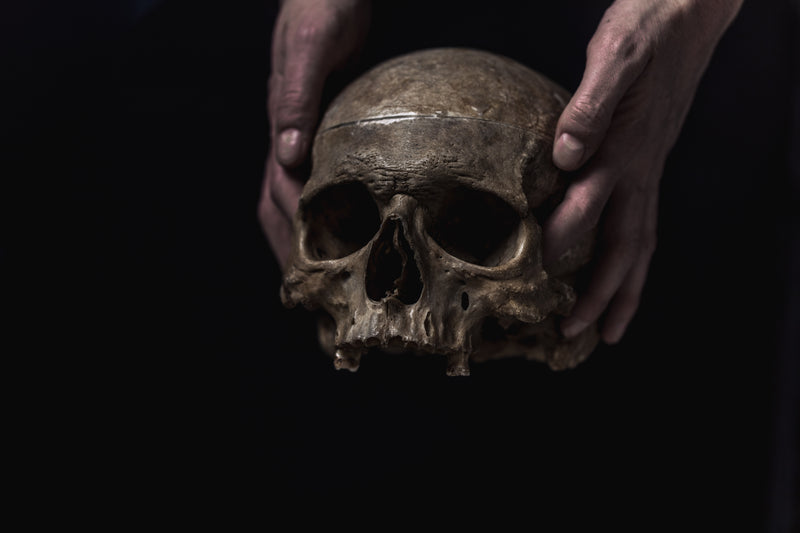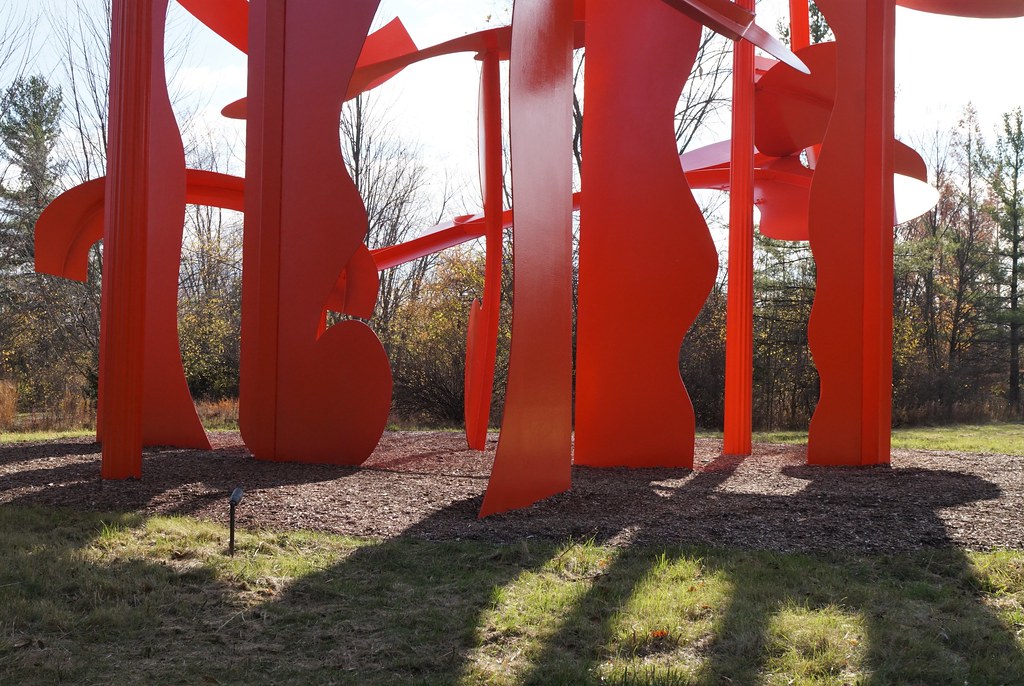Throughout history, art has served as a means of expression for humanity. From cave paintings to modern-day masterpieces, art has reflected our emotions, thoughts, and experiences. However, beyond its aesthetic appeal lies a deeper significance that has influenced cultures and societies throughout time. In the world of drama, art plays an integral role in storytelling and conveying messages to audiences. In this blog post, we’ll explore the historical significance and evolution of art in the realm of drama and how it continues to shape our world today. Join us on this journey as we unleash the power of art and its impact on our lives.

The Origins of Art and Its Impact on Human Development
Origins of Art can be traced back to the earliest human civilizations, where cave paintings and rock art were used to depict stories, rituals, and daily life. These early forms of art were not just for aesthetic purposes but also served as a means of communication and expression. Art’s impact on human development cannot be overstated as it allowed humans to convey complex ideas and emotions that words alone could not express. As societies evolved, so did art, with different cultures developing their unique styles and techniques. From ancient Egyptian hieroglyphics to Greek sculptures, art has played a significant role in shaping human history. The use of art in religious contexts further highlights its importance in society. Art has been used to inspire faith, promote cultural identity, and even serve as a political tool. The origins of art may be ancient, but its significance remains relevant today.

The Evolution of Art: From the Renaissance to Modernism
Renaissance art marked a significant shift in the way art was perceived and created. The focus shifted from religious themes to humanism, with artists like Leonardo da Vinci and Michelangelo creating masterpieces that celebrated the human form and individualism. The Baroque period followed, characterized by grandeur and drama, while the Rococo period emphasized ornate decoration and frivolity. In the 19th century, Impressionism emerged as a reaction against traditional art, with artists like Monet and Renoir using light and color to capture fleeting moments. This paved the way for modern art movements like Cubism, Surrealism, and Abstract Expressionism. These movements challenged traditional notions of beauty and representation, encouraging artists to experiment with form, color, and texture. Today, contemporary art continues to push boundaries and challenge conventions in new ways.
Unleashing Creativity Through Different Forms of Art
Expressing creativity through various forms of art is not only a great way to relieve stress but also unleash one’s imagination. Whether it’s painting, sculpting, dancing, or singing, engaging in any form of creative activity has been proven to boost mental health and enhance overall wellbeing. Moreover, art can be therapeutic, allowing individuals to express themselves without fear of judgment.
Many artists have created masterpieces using different mediums such as oil paints and charcoal sketches. However, with the advent of technology, new art forms such as digital paintings and animations have emerged that allow creators to experiment with an entirely new dimension of creative expression.
Moreover, collaboration in art can lead to unique experiences, opening doors for innovation and diversity in perspectives. Group activities such as murals or sketching sessions can bring people together from different backgrounds while creating something beautiful that represents their thoughts and emotions.
Engaging in various forms of artistic endeavors provides an opportunity for self-discovery while offering invaluable tools for personal growth.

How Art Shapes Culture and Society Today
Art has always been a reflection of culture and society. It is a powerful tool that can shape the way people think, feel, and act. Contemporary art has become increasingly diverse and inclusive, with artists exploring various themes such as identity, politics, and social justice. Art galleries and museums have also become more accessible to the public, providing a platform for emerging artists to showcase their work.
Public art has also gained popularity in recent years, with cities commissioning artists to create large-scale installations that beautify public spaces and promote community engagement. These installations often spark conversations about important issues such as environmental sustainability or historical injustices.
Moreover, art has the ability to bring people together and bridge cultural divides. Festivals and events celebrating different forms of art provide opportunities for people from different backgrounds to come together and appreciate each other’s cultures.
In conclusion, art continues to shape culture and society today in various ways. Its impact is undeniable, as it provides a platform for creative expression, promotes social awareness, and fosters community engagement.

Understanding the Emotional and Psychological Benefits of Creating and Appreciating Art
Art is not only a form of creative expression but also an effective tool for promoting emotional and psychological well-being. Research studies have shown that engaging in the creation and appreciation of art can reduce stress, anxiety, and depression. It allows individuals to express emotions that might otherwise be difficult to articulate through words alone. This form of self-expression has been found to increase self-awareness and promote personal growth.
Moreover, creating or experiencing art can stimulate neurotransmitters such as dopamine which plays a crucial role in our ability to feel pleasure, motivation, and attention span. While admiring great works of art such as paintings or sculptures activate brain areas associated with rewarding experiences.
In conclusion, embracing any type of art including painting, drawing music or writing is beneficial for both physical health as well as mental healing processes. Through participating creatively in various forms of Art making we are not just benefiting ourselves emotionally but also opening new avenues for socialization which ultimately creates a better community that thrives on creativity rather than stagnation
In conclusion, art has been an integral part of human history and development. From its origins as a means for survival to its evolution into various forms of creative expression, art continues to shape culture and society today. Through different mediums such as painting, music, theatre, and more, individuals are given the opportunity to unleash their creativity and convey emotions in ways words cannot express. Art not only provides personal satisfaction but also offers emotional and psychological benefits that can positively impact mental health. As we continue to appreciate the historical significance of art while embracing its evolution, we ensure that it remains a vital aspect of our lives both individually and collectively as a society.
Questions
Who are some famous artists in history?
Leonardo da Vinci, Vincent van Gogh, Pablo Picasso.
What are the different types of art?
Painting, sculpture, photography, printmaking, and more.
How can I improve my art skills?
Practice consistently, take classes, study other artists.
What if I don’t have natural talent for art?
Talent is not the only factor in creating art, practice helps.
Who can appreciate art?
Anyone can appreciate art, it’s subjective and personal.
How can I learn more about art history?
Read books, visit museums, take online courses or classes.